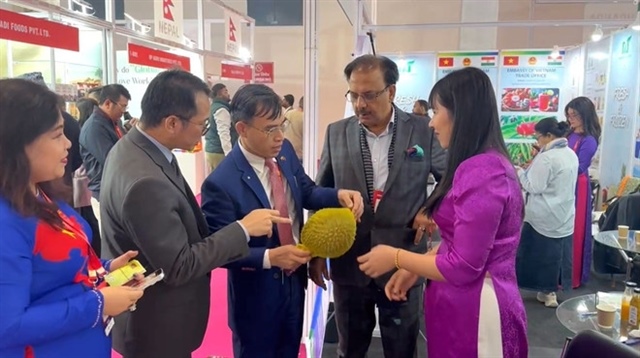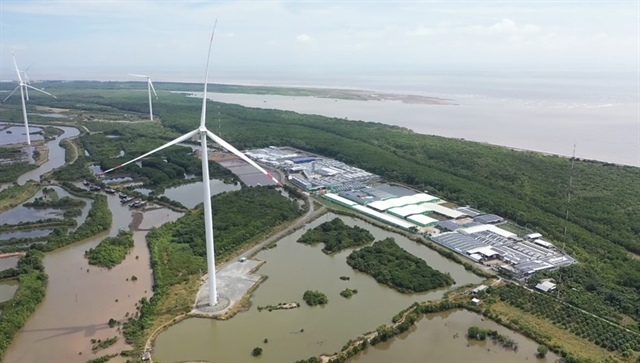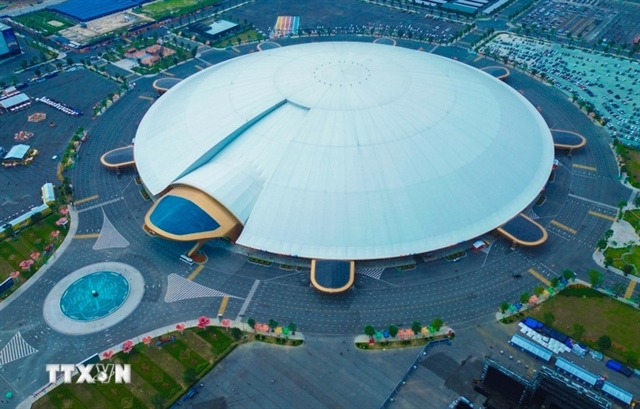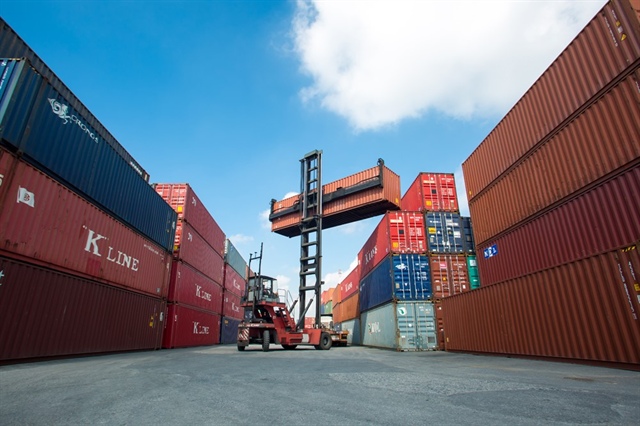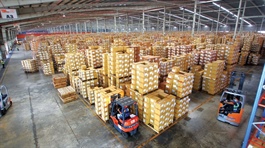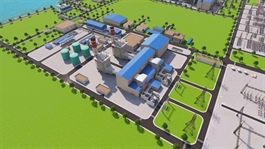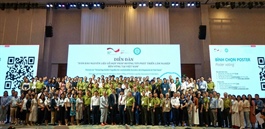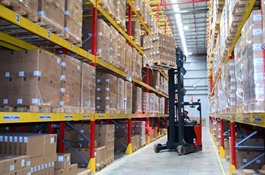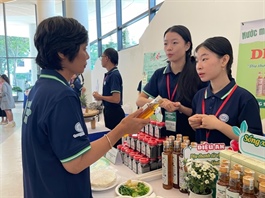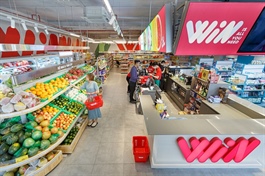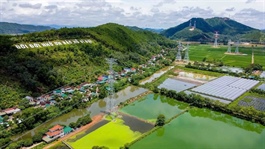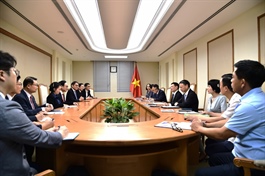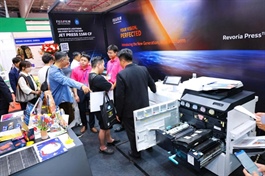Energy progress anticipated if investors remain enticed
Energy progress anticipated if investors remain enticed
As Southeast Asia navigates its energy transition, the trio of offshore wind, battery storage, and green hydrogen emerges as game-changers. Trung Ghi, partner and head of the Energy & Utilities Practice at Arthur D. Little, talked to VIR’s Hara Nguyen about how Vietnam can build a resilient low-carbon future.
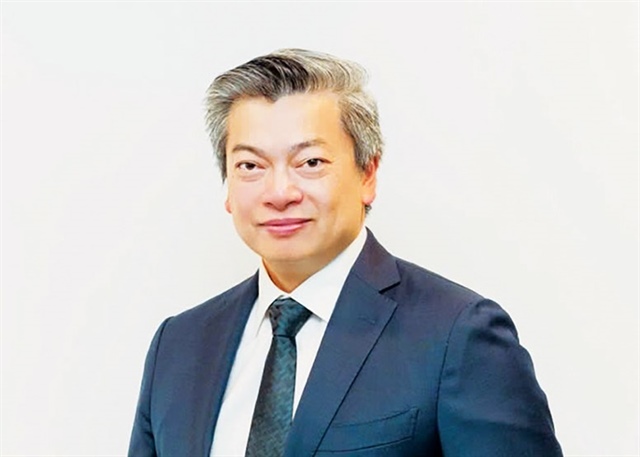
Trung Ghi, partner and head of the Energy & Utilities Practice at Arthur D. Little |
Vietnam possesses significant natural and geographic advantages for offshore wind (OSW), solar, and potentially green hydrogen. How do you see the interplay between the three shaping the region’s energy transition strategy, and what are the most strategic steps Vietnam should take to unlock this potential?
With renewable energy, there are intermittent issues and you need stability requirements. That’s where batteries come in, whether it’s solar or OSW, there are times you don’t get enough generation. Batteries help stabilise this.
From the hydrogen perspective, it adds more flexibility and additional storage capacity. So combining OSW, battery storage, and hydrogen creates more resilience in developing a low-carbon system. For Vietnam, this trio is excellent to have.
Vietnam is in an interesting position. Unlike Indonesia or Malaysia, you have stronger OSW potential, similar to the Philippines. You also have supportive government policy and long coastlines, which allow you to even export renewable energy.
Regulations, policies, and cost barriers often stand in the way of such a vision. What are the main obstacles Southeast Asian countries face in scaling green hydrogen?
Specifically for green hydrogen, the cost is still too high. We’d like to see costs at around $2-3/kg, but today it’s closer to $4-6/kg, which is not economical. Driving down electrolyser costs is key.
Like with solar in the past, technology improvements, startups, and the use of AI and high-performance computing for design and simulation will accelerate cost reduction. Government certification schemes and incentives will also be essential. This requires an ecosystem approach involving technology, regulation, and collaboration.
Among these, the role of battery storage is critical. When there isn’t enough wind or solar, stored electricity can be used during peak demand. Battery tech is improving, allowing for longer and cheaper storage.
Even more interesting is hydrogen energy storage, which can store energy for months, much longer than batteries, which typically store only hours of stability. For remote sites, such as mines in Australia, hydrogen storage may be more suitable.
How do technology costs affect the viability of green hydrogen in Southeast Asia?
Within the region, there are not yet projects fully combining OSW with hydrogen, it is still a novel idea. But we are seeing policies heading in that direction.
For example, the Philippines has an OSW roadmap and is exploring hydrogen integration into long-term planning. This early policy commitment attracts investors. Vietnam can learn from this, start with a roadmap and frameworks so regional and international investors can enter, develop OSW, deploy electrolyser on offshore platforms, and integrate hydrogen into the system.
Globally, electrolyser costs need to come down significantly, from today’s $500-900/kW to perhaps a third or half of that. OSW costs also need to drop by 20-30 per cent. Hopefully, over the next decade, digital twins, AI, design simulations, automation, and robotics will reduce operating expenditures and downtime cost.
However, supply chain challenges remain – OSW and hydrogen ecosystems in the region need to be built, supported by government frameworks and international cooperation.
Beyond cost, policy frameworks are crucial, especially certification and cross-border standards. How important are these for green hydrogen markets in Southeast Asia?
It is very important. Often, people don’t think about it until the last minute. But if you want to sell hydrogen or electricity across borders, you need clear standards, especially based on who is buying your energy.
Key importing countries will include Japan, South Korea, and Europe. Each has different requirements, for example, Europe has the Carbon Border Adjustment Mechanism and greenhouse gas accounting, so the country of origin has to be there; Japan is more flexible but still requires low-carbon certification.
For Vietnam and the region, aligning with buyer-country standards is essential. With clarity, businesses can invest confidently. Without it, uncertainty discourages investment.
How is Arthur D. Little guiding utilities and governments to seize clean energy opportunities, and what is your outlook for the next 5-10 years?
We have been supporting clients globally for decades on sustainability and renewables, we were one of the first consulting firms to do so. Recently, we have helped clients navigate policy challenges, identify market entry strategies, and form partnerships to moderate risks. We conducted a hydrogen infrastructure readiness assessment for APEC funded by the US Department of Energy, and supported offshore grid connections from supply chain to maintenance.
My outlook is optimistic. Post-pandemic, there was a big push for hydrogen, momentum slowed due to costs, but the drive remains. Geopolitical disruptions have prolonged fossil fuel reliance for energy security, but thre is still a green push.
The Asian power grid, enabling collective sharing of green power within the region, will spur investments and ecosystem development. In Vietnam, with Power Development Plan VIII and new incentives, I expect progress in the next 5-10 years if investors continue to come in.
- 13:31 12/09/2025


